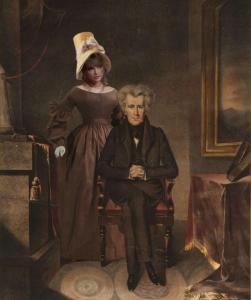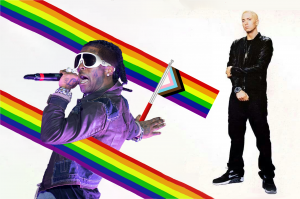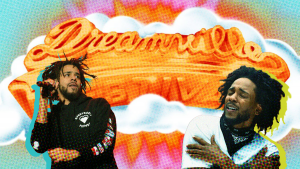
Physical comedy has been around for hundreds of years, with vaudeville acts and jesters using it as part of their act. However, cartoons in recent times have taken such comedy to new levels, pushing the boundaries of what it is capable of.
There have been instances of physical comedy being exaggerated in the past, like in “The Three Stooges” or films by historic comic actors like Buster Keaton, Harold Lloyd or Charlie Chaplin.
It is these sources that many drew inspiration from to create the distorted and exaggerated logic that cartoons exhibit in how their worlds treat physical objects and space.
Thus, the art of “slapstick” was given new avenues to stay fresh with cartoons. The studios behind Mickey Mouse, Tom and Jerry, Looney Tunes and countless other characters experimented to influence the style.
In later years, actors like Jackie Chan gave rise to their own mix of action and comedy that blends seamlessly together to achieve comforting yet dynamic films.
In one scene from his movie “First Strike,” Chan is on the ropes, and in the next moment, he finds a ladder which he uses to perform a wide range of creative stunts while fighting a group of villains, enhancing both the action and comedy.
This is a perfect example of how jokes are created in tandem with the choreography of a scene, by having one idea and another joining to create a synthesis of the two. The characters don’t just wait to be manhandled by the protagonist and instead actively try to compete and gain the same foothold.
It also helps that Chan has been doing this blend of action and comedy for decades and has managed to always garner acclaim for the action due to many factors, such as his desire to have a humble protagonist, and a clear focus on the action that can be clearly read by the audience.
Many actors are afraid to have pain inflicted on their characters, leading to audiences losing faith in the protagonist’s ability. So many films involve misunderstandings and forced drama such that, when given slapstick to substitute such tropes, it makes sense to just include it.
Chan getting beaten to hell and back while desperately trying to survive is much more gratifying than another quippy Marvel blockbuster that doesn’t take itself seriously.
Pain can enhance the threat of enemies, humanize the protagonist and instill greater action and comedic elements into the story. A character has to fail in order to show that they hold the same experiences humans go through.If they didn’t, then how could we empathize and enjoy the comedy behind such works or even the drama?
Movies today lack this willingness to strike that careful balance of competency and incompetency on the character’s part. Slapstick is just one way that this balance can be struck, and it hurts to see it used so sparsely in recent times.
There is a shortage of writers who want to effectively put their characters through the wringer without straying too far into melancholic and dramatic territory.




